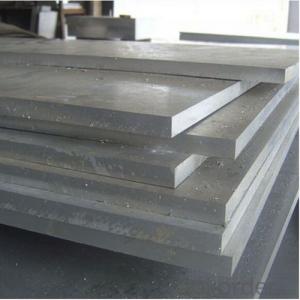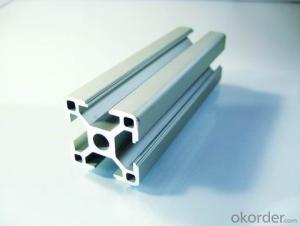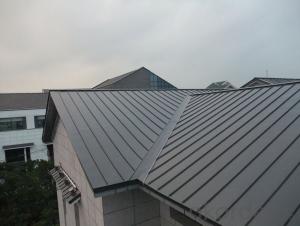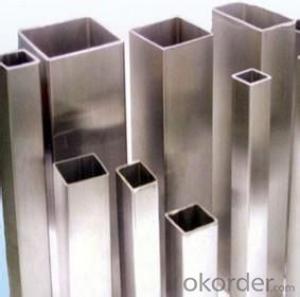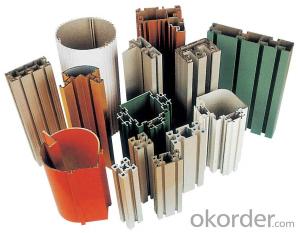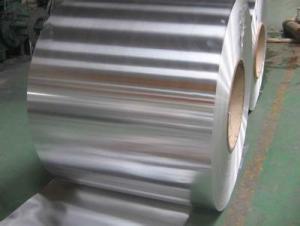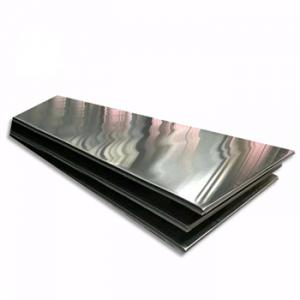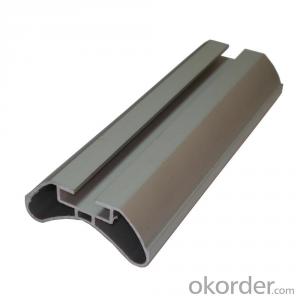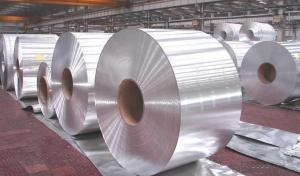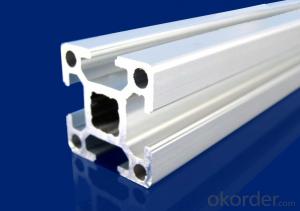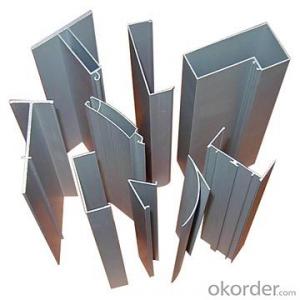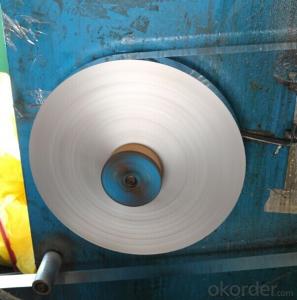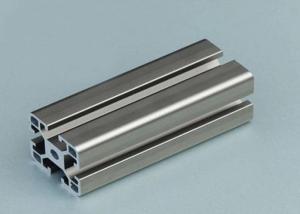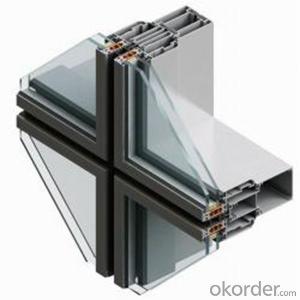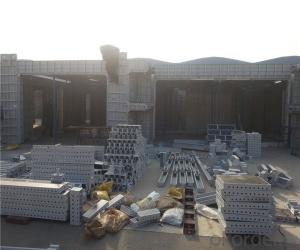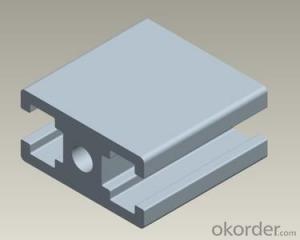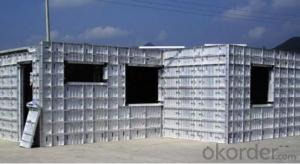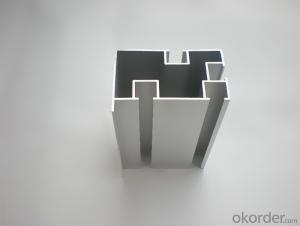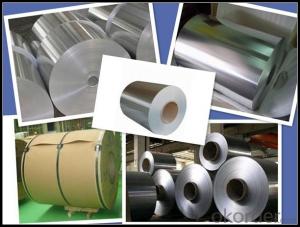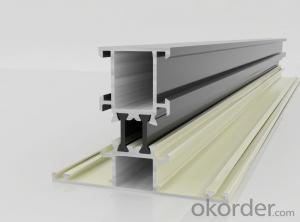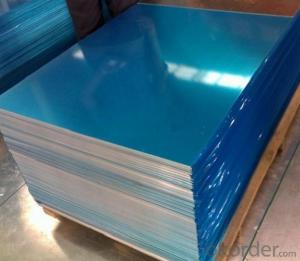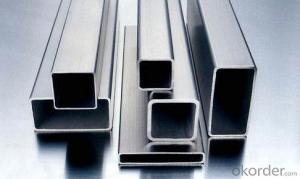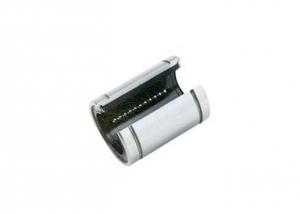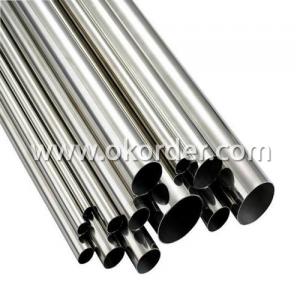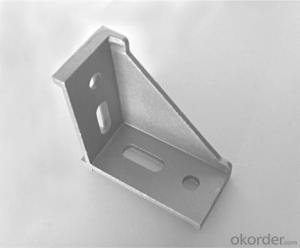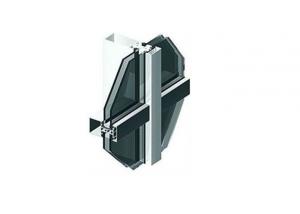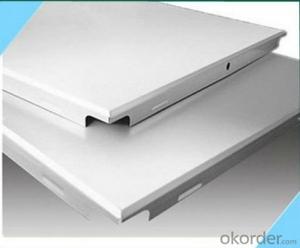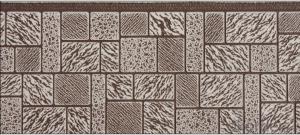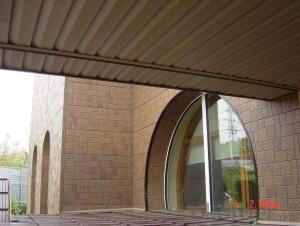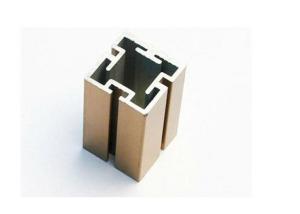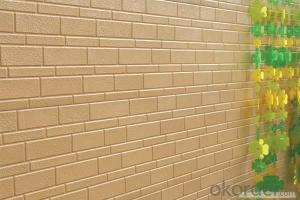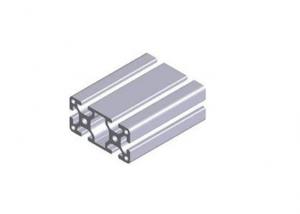6063 Aluminum Bar Stock
6063 Aluminum Bar Stock Related Searches
6063 Aluminum Round Bar Stock 6061 Aluminum Bar Stock 6061 T6 Aluminum Bar Stock 6061 Aluminum Round Bar Stock 6063 Aluminum Plate 6061 Aluminum Stock 6061 Aluminum Bar Stock Price Aluminum Plate 6063 6061 T6 Aluminum Round Bar Stock 6061 Aluminum Angle Stock 6063 T6 Aluminum Plate 6063 Aluminum Plate Suppliers 6061 Aluminum Round Stock 3003 Aluminum Bar Stock Aluminum Shim Stock 6061 5052 Aluminum Bar Stock Stock Aluminum Bar 2618 Aluminum Bar Stock 7075 T6 Aluminum Bar Stock 1100 Aluminum Bar Stock 6060 Aluminum Plate Aluminum Stock Bar 1 2 Aluminum Bar Stock 7075 Aluminum Bar Stock Bending Aluminum Bar Stock 6061 Aluminum Plate For Sale 1 Aluminum Bar Stock Anodized Aluminum Bar Stock 4032 Aluminum Bar Stock Brushed Aluminum Bar Stock6063 Aluminum Bar Stock Supplier & Manufacturer from China
6063 Aluminum Bar Stock is a type of aluminum alloy known for its excellent strength, corrosion resistance, and workability. This alloy is widely used in various industries due to its versatility and ability to be easily machined and formed. It is commonly utilized in applications such as construction, automotive, aerospace, and general engineering projects where lightweight and durable materials are required.The 6063 Aluminum Bar Stock is particularly favored for its ability to withstand harsh weather conditions and maintain its structural integrity over time. It is often used in the manufacturing of window frames, door frames, and other architectural components that need to be both lightweight and resistant to corrosion. Additionally, its high strength-to-weight ratio makes it an ideal choice for components in the automotive and aerospace industries, such as engine parts, aircraft structures, and transportation systems.
Okorder.com is a leading wholesale supplier of 6063 Aluminum Bar Stock, offering a vast inventory to cater to the diverse needs of customers across different industries. With a commitment to quality and customer satisfaction, Okorder.com ensures that the 6063 Aluminum Bar Stock they provide meets the highest standards of performance and reliability. Their extensive stock allows for quick turnaround times and efficient delivery, making them a trusted source for businesses looking to incorporate this versatile material into their projects.
Hot Products

